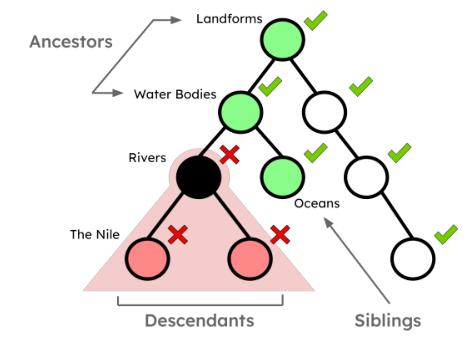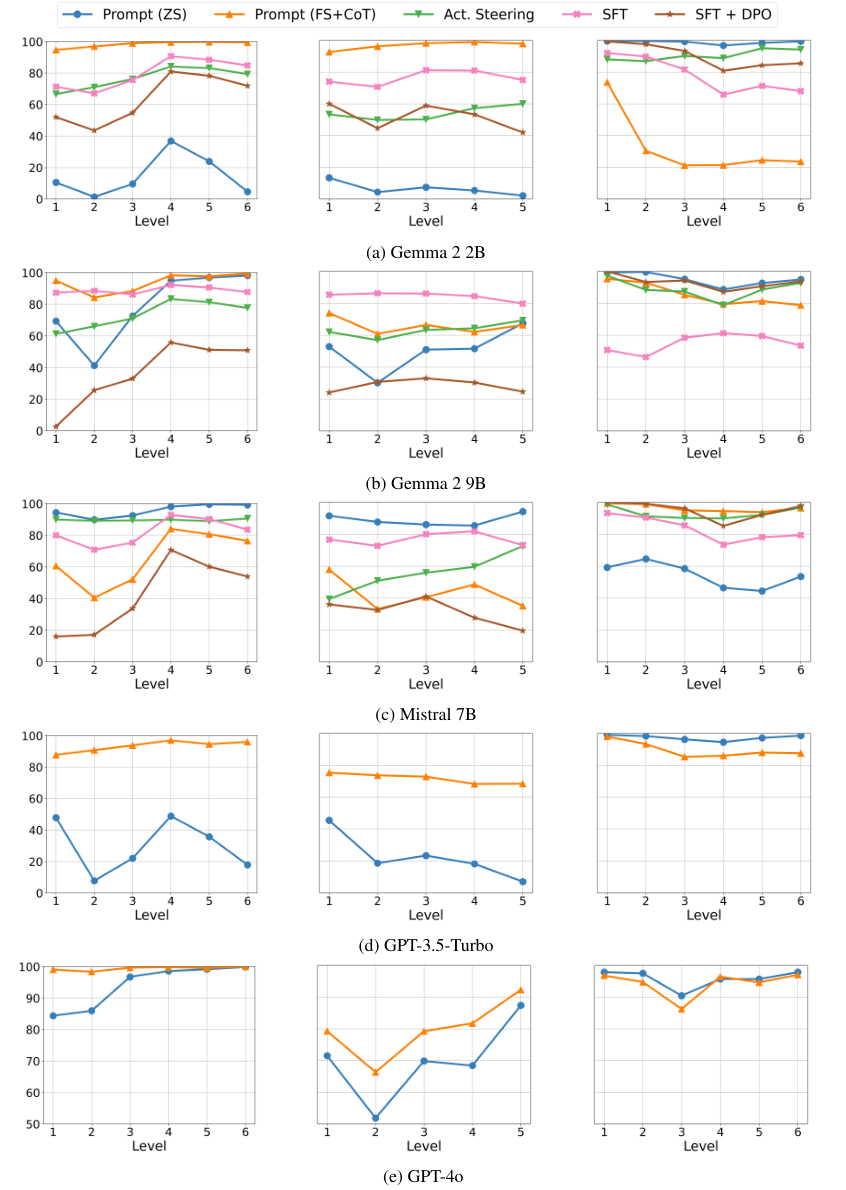Knowledge Graph Guided Evaluation of Abstention Techniques
Kinshuk Vasisht, Navreet Kaur, Danish Pruthi·December 10, 2024
Summary
The paper "Knowledge Graph Guided Evaluation of Abstention Techniques" introduces SELECT, a benchmark derived from a knowledge graph to evaluate abstention techniques in language models. This method isolates the effects of these techniques, assessing their generalization and specificity. The study benchmarks various techniques across six models, revealing high abstention rates but lower effectiveness for descendants of target concepts. It highlights the need for careful evaluation of abstention aspects and informs practitioners about trade-offs.
Introduction
Background
Overview of language models and their limitations
Importance of abstention techniques in enhancing model reliability
Introduction to knowledge graphs and their role in the evaluation process
Objective
To introduce and evaluate the SELECT benchmark for assessing abstention techniques
To understand the effectiveness of different techniques in various language models
To highlight the need for a comprehensive evaluation framework
Method
Data Collection
Selection of knowledge graph sources and their relevance
Gathering and preprocessing of data for the benchmark
Data Preprocessing
Cleaning and normalization of data
Splitting data into training, validation, and testing sets
Benchmark Design
Definition of SELECT benchmark criteria
Implementation of the benchmark across different language models
Evaluation Techniques
Metrics for assessing abstention techniques
Analysis of generalization and specificity of techniques
Results
Benchmark Performance
Comparison of abstention techniques across models
Analysis of high abstention rates and their implications
Specificity and Generalization
Examination of technique effectiveness for descendant concepts
Insights into the trade-offs between abstention rates and accuracy
Discussion
Interpretation of Results
Discussion on the implications of high abstention rates
Analysis of the SELECT benchmark's contribution to the field
Future Directions
Recommendations for further research
Potential improvements to the SELECT benchmark
Conclusion
Summary of Findings
Recap of the SELECT benchmark's role in evaluating abstention techniques
Importance of considering trade-offs in model development
Implications for Practitioners
Guidance on selecting and implementing abstention techniques
Emphasis on the need for continuous evaluation and adaptation
Basic info
papers
computation and language
artificial intelligence
Advanced features






